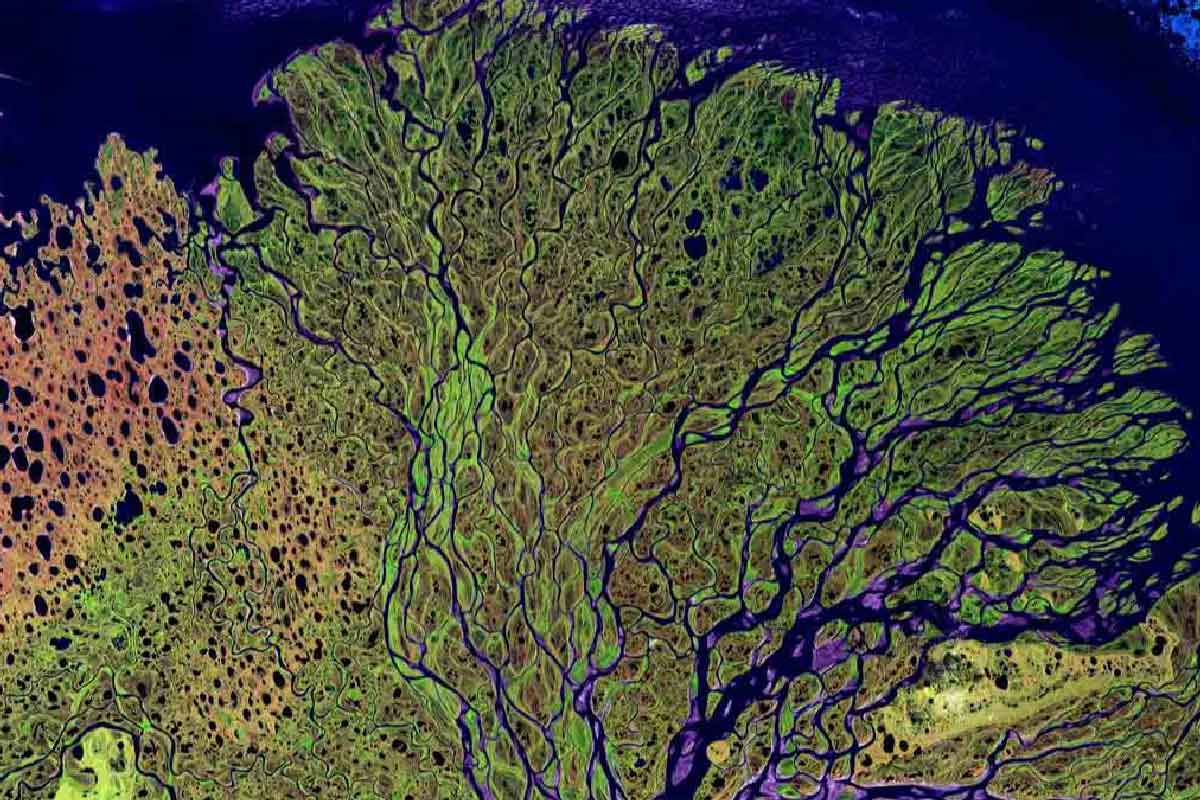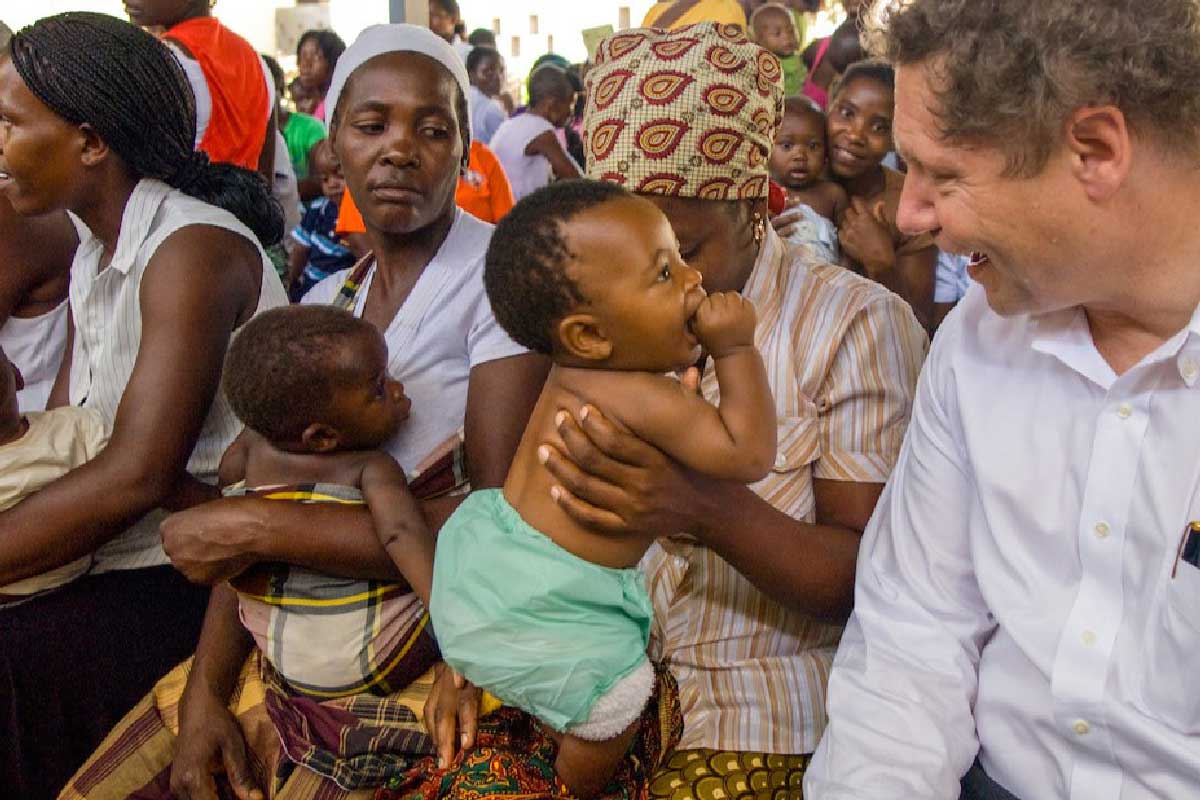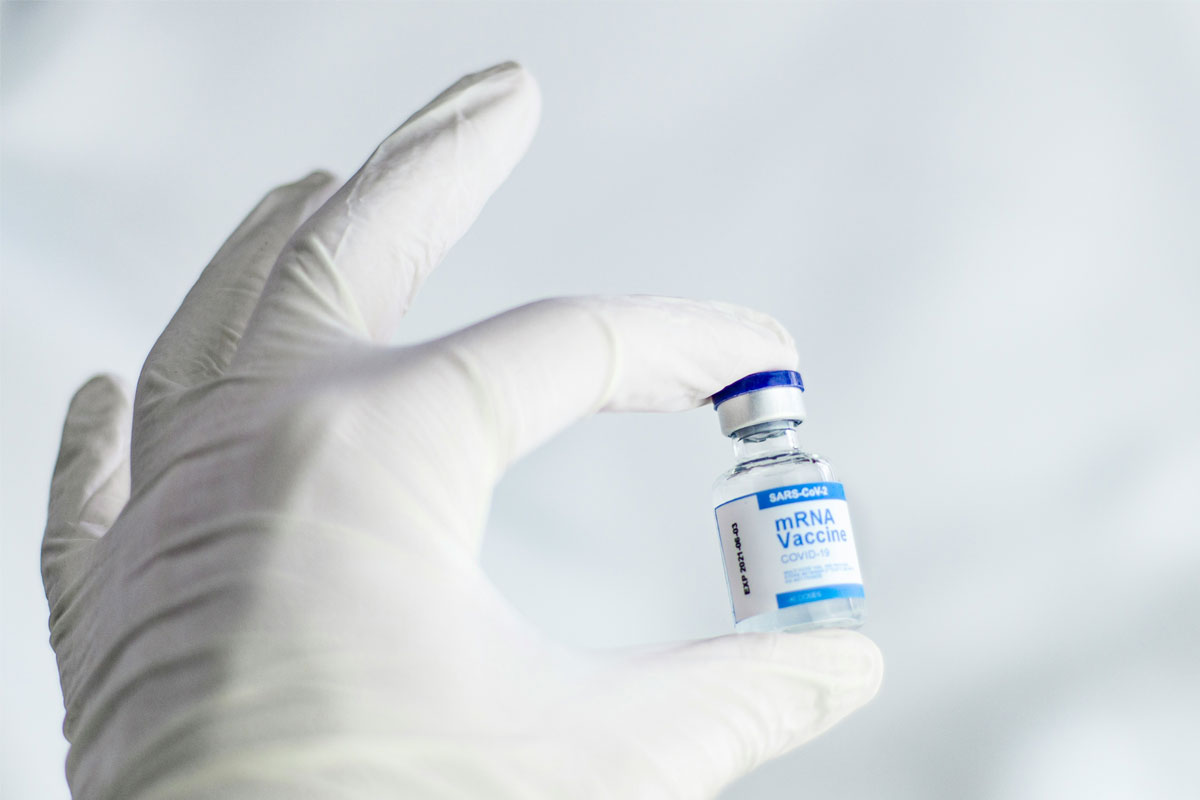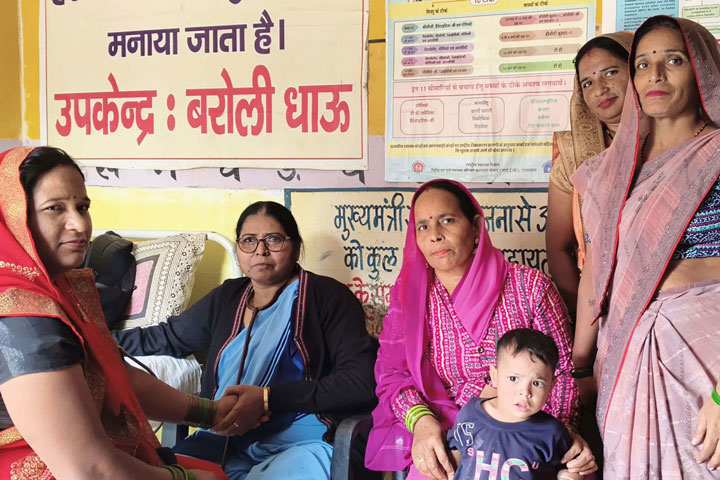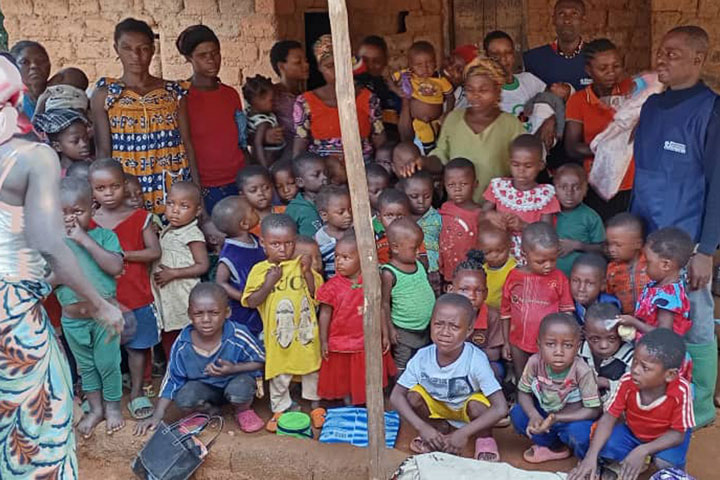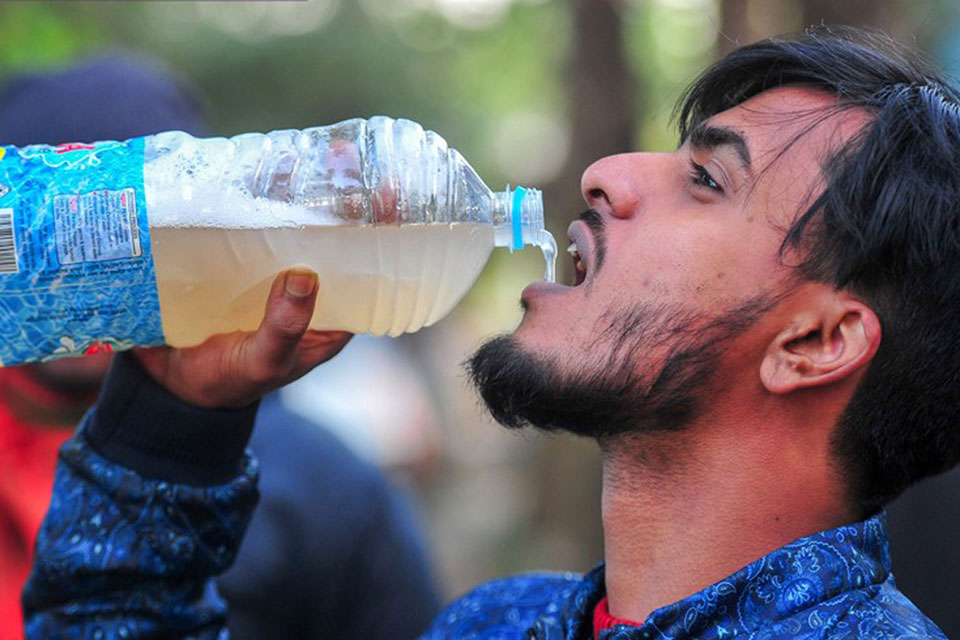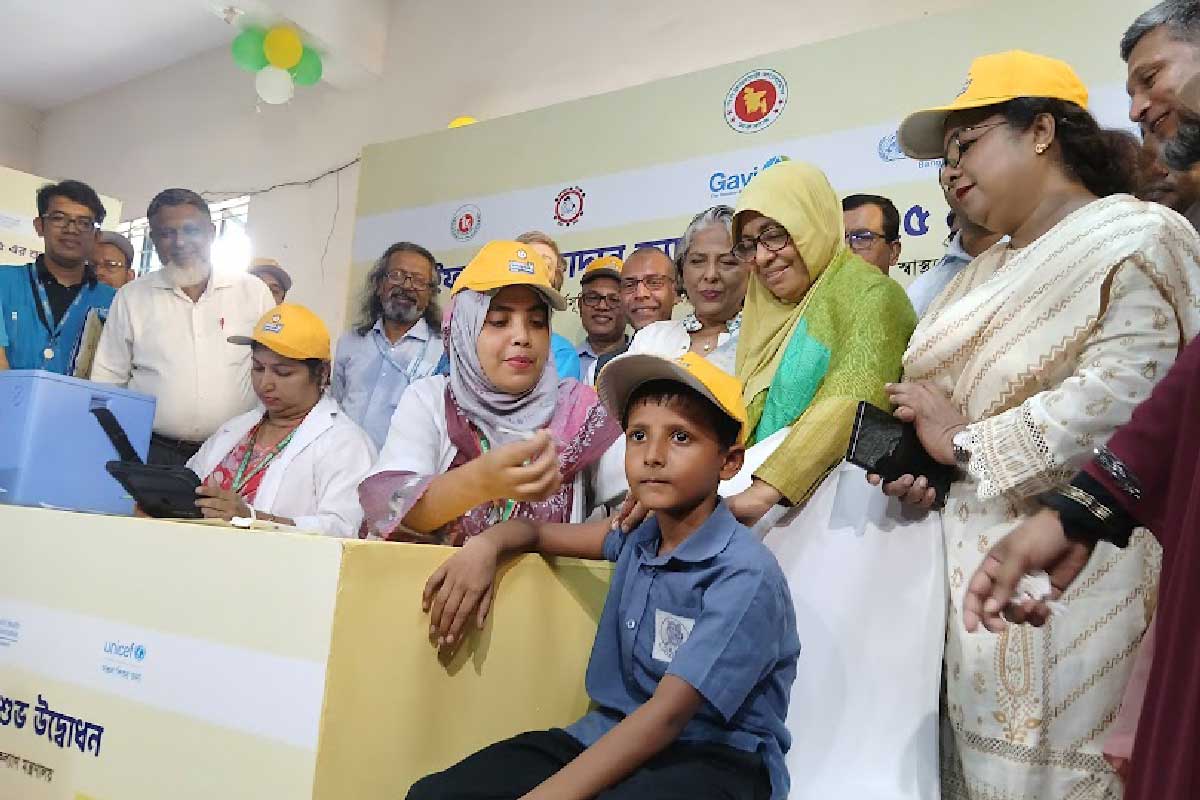Placing adaptation at the heart of the response to the impact climate has on health
Between measures to mitigate our climate impact and adaptation measures, we should not have to choose. They are two sides of the same coin.
- 25 November 2024
- 5 min read
- by Pascal Barollier
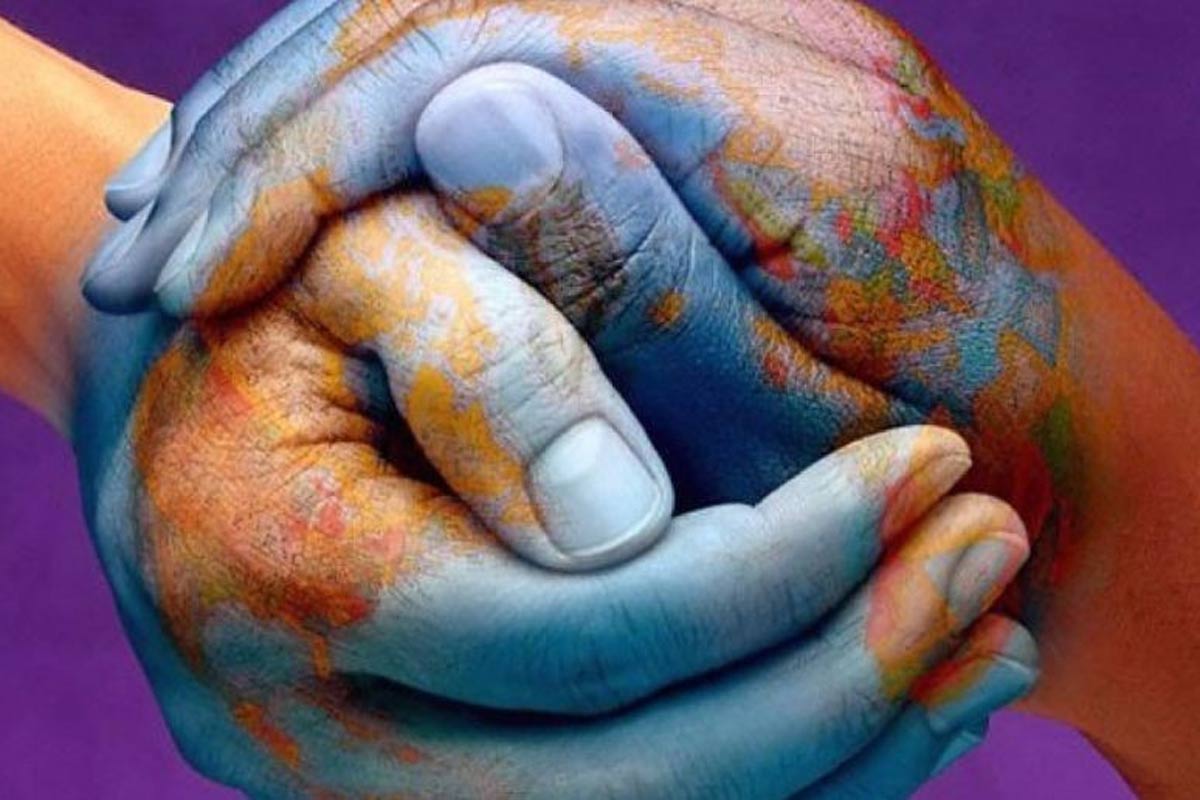
Human health is intrinsically linked to our environment. According to the World Health Organization (WHO), a healthier environment could prevent almost one quarter of the global burden of disease. According to the UN, it remains technically feasible for the world achieve the ambition of the Paris Agreement to limit global average temperature rising by more than 1.5°C above pre-industrial levels.
But this is only achievable if countries collectively increase the ambitions of their Nationally Determined Contributions (NDCs). The latest UN Environment Programme Emissions Gap Report showed that current mitigation efforts and policies would put the world on a path of a 2.6°C global increase in average temperature at best.
As countries negotiate a new climate finance goal and the ambition of their next round of NDCs at the 29th Conference of the Parties to the UN Framework Convention on Climate Change (COP29 Baku), people, communities, and our societies across the world are facing the rapidly worsening impacts of climate change.
The very foundation of human health and wellbeing is being undermined by the climate crisis: Changing climatic conditions are affecting the social, economic and natural systems that our society depends on. The climate suitability for transmission of many vector-borne, waterborne, foodborne, and airborne infectious diseases are increasing, and a study of 375 known infectious diseases found that 218 of them can be aggravated by climate change. The World Economic Forum projects that by 2050, an additional 500 million people will be at risk of exposure to vector-borne diseases.
Meanwhile, access to and delivery of health services may be disrupted, increasing the risks of health emergencies and epidemics, particularly for vulnerable populations such as children and isolated communities. The massive floods of 2022 in Nigeria illustrate the link between climate crisis and health. These floods severely damaged infrastructure, destroying cold chain equipment, which affected not only vaccination but also vital treatments like HIV response. These cascading effects also disrupt the health responses to address other diseases and outbreaks that are not climate-sensitive, such as AIDS.
Prevention Must Be Central to Climate Change Adaptation Strategies
As COP29 comes to a close, and negotiations remain at a deadlock on financing and other issues, we are reminded of the impacts of climate change are real and already present, particularly for people and vulnerable communities in low-income, fragile and humanitarian context.
The need to strengthen the resilience of national health systems has never been more urgent. And the cost is rising. The latest World Bank modelling estimated that between 2026 and 2050, the economic cost of the health impacts of climate change is projected to be at least US$ 8.6 trillion. This highlights the need to consider adaptation as a priority approach, on par with mitigation measures that currently capture most of the political attention and financial commitments. Support for adaptation efforts lags behind, leaving vulnerable communities more exposed than ever to the risks of natural disasters and diseases.
To address this imbalance, it is critical for governments to proactively prioritise strengthening and investing in climate adaptation for the health sector, particularly immunisation and other preventive health measures in their policy and planning.
The co-benefits of routine immunisation and other preventive health measures lie in lowering the risks of individuals catching vaccine preventable diseases, including climate-sensitive ones, thereby reducing the strain to the health system during emergencies when they are needed most. Since 1974, vaccination has accounted for 42% of the reduction in infant mortality. Overall, an estimated 51.5 million deaths are expected to be averted due to vaccinations administered between the years 2021 and 2030, inclusive. This helps reduce people’s vulnerabilities to the hazards of disease outbreaks, and in turn reduces the strain on health systems during emergencies when they are needed the most. It is for these reasons that the Intergovernmental Panel on Climate Change (IPCC) has consistently recognised vaccines as an essential tool in climate adaptation strategies.
Have you read?
Gavi, the Vaccine Alliance Actions and Recommendations
The future burden of climate-sensitive diseases will depend on the collective ability of countries to mobilise to support adaptation measures to these new climate realities. Gavi, the Vaccine Alliance, therefore calls on COP Member States to place preventive health strategies, especially routine immunisation, at the centre of their climate adaptation actions, including through the alignment of their National Adaptation Plans, Vulnerability and Adaptation assessments, and national immunisation strategies to maximise potential climate and health co-benefits.
The principles of universality and equity are critical. Vulnerable and marginalised communities often have the least capacity, resources, and access to public services, leaving them unable to respond to climate-related shocks. In this context, countries will also need to accelerate the implementation of Universal Health Coverage as well as the Sustainable Development Goals.
Gavi will continue to support countries in adapting and preparing for climate impacts during the next strategic period (2026–2030), by expanding vaccination programs to prevent epidemic-prone diseases at source. Our programs support seven vaccines against climate-sensitive pathogens, including yellow fever, meningitis A, Japanese encephalitis, dengue, typhoid, cholera, and malaria. With the support of our donors, including France, we will be able to invest in emergency stocks that can help respond to more than 150 epidemics.
Gavi is also investing in better data on epidemiology, surveillance, modelling of vaccine use and impact to improve our preparedness efforts and inform future responses.
